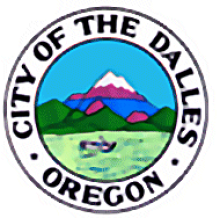Maine Legislature All About That Broadband in 2015
Maine continues to be a hot spot in the drive to improve connectivity as the 2015 state legislative session opens. According to the Bangor Daily News, 35 bills have been introduced that deal with broadband issues.
The story also notes that several lawmakers have introduced bills that propose funding from the state. House Republican Norman Higgins advocates broadband infrastructure in rural areas of the state:
“I think most people understand that in this day and age for us to be competitive, that’s one of the necessary tools,” Higgins said, noting he’s found bipartisan support on the issue. “The question, I think becomes: How do we do it? And who does it?”
He proposes allocating millions of dollars to expand the availability of grants to municipalities that want to build and own high-speed fiber-optic networks that would be open to companies that want to serve businesses and homes, similar to the model pursued by Rockport, South Portland, Orono and Old Town.
Momentum is growing outside the Senate and House Chambers as well. In December, Governor LePage asked the ConnectME Authority to consider redefining "underserved" for projects it considers funding. The Authority obliged, reported the Bangor Daily News:
The new standard set Friday includes for the first time speed requirements for uploads, which supporters of the change said would serve small businesses.
…
The new standard would qualify any areas with broadband connections slower than 10 megabits per second for both downloads and uploads — a 10-10 symmetric standard — as “unserved.”
For those working on the issue of broadband, the energy is contagious:
“It’s exciting as someone who cares about broadband that there’s so much energy around it,” [public advocate with the Maine’s Public Utilities Commission Timothy] Schneider said. “And it ties into this whole trying to figure out how to do economic development not based around Maine’s legacy industries.”









